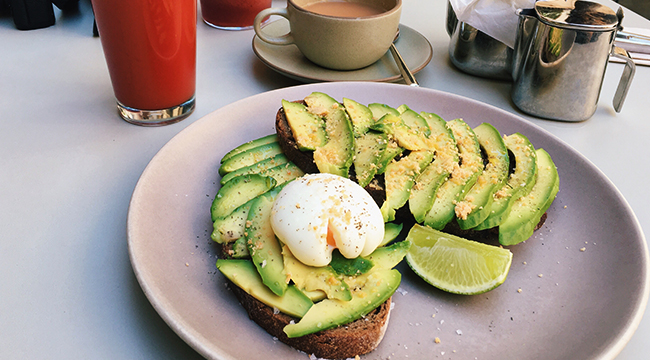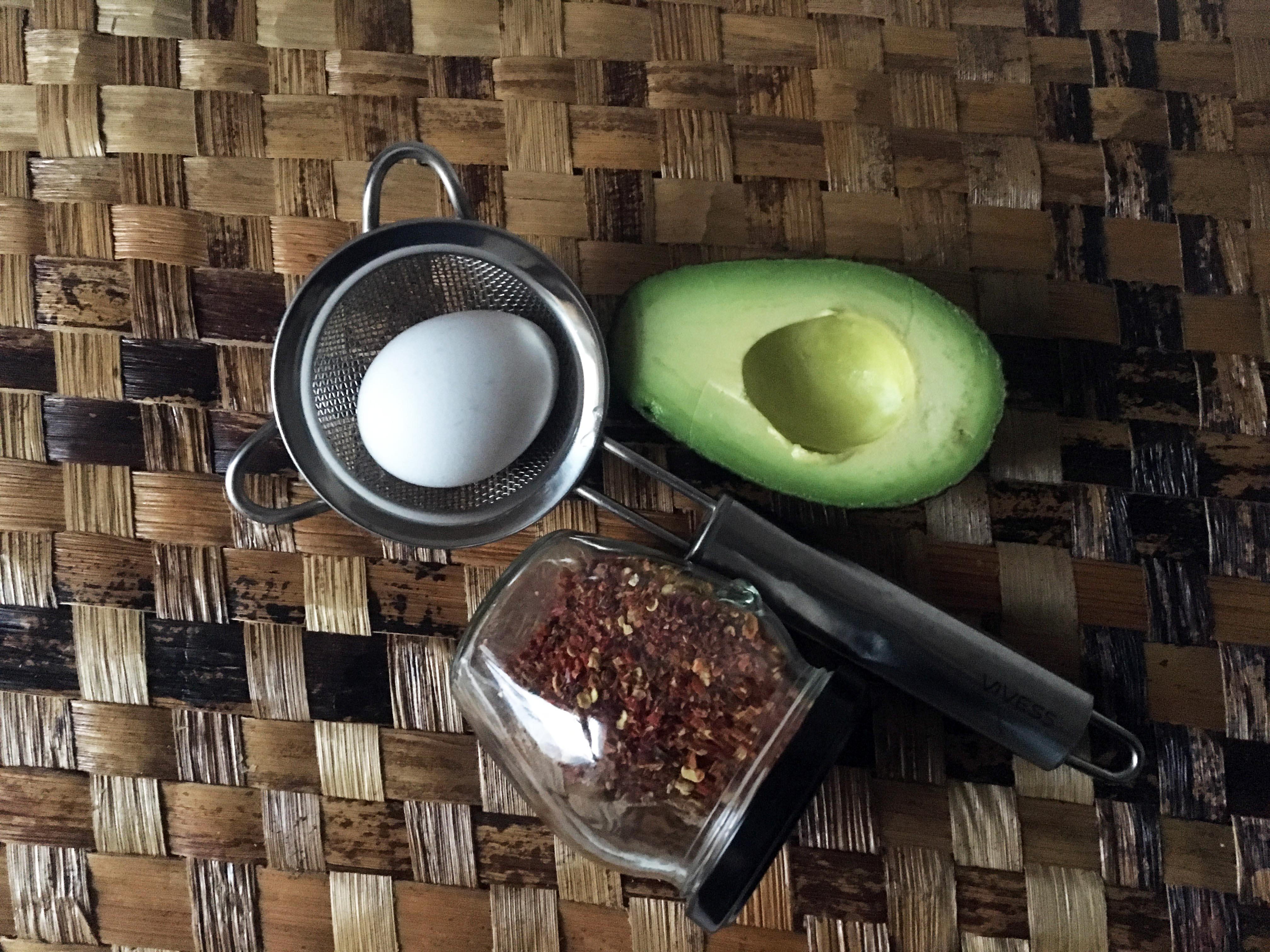
Learning how to poach an egg is a lot of trial and error. This one seems like it should be super easy. Yet, there are variables at play here where eggs can end up stringy, overcooked, and under seasoned quite easily. Poaching a great egg is more than just cracking it into a pot of boiling water. It’s a matter of patience, practice, and a little precision to get it just right. But, ho-boy, when it’s done well, it shines.
Let’s dive right into how to poach an egg at home. This is all about technique this time around. So think of this guide as something you practice and master over time. Good luck!
I: Ingredients

Buy fresh eggs. Seriously, folks, the fresher your egg, the better your results. As eggs age, the whites start to thin thanks to carbon dioxide expulsion. That makes the eggs much less ideal for cooking in any way. A good test of an egg’s age is to it crack it into a frying pan. If the white spreads everywhere (all willy-nilly), it’s old. If that white holds its shape (more or less), it’s fresh. Buy your eggs from a farmer to get both fresh eggs and support your local community.
I don’t eat bread. That’s not because of an allergy. It makes me fat. So, I’m putting this egg on a half an avocado. You’ll also need some red pepper flakes to amp up the flavor, plenty of salt, and some apple cider vinegar. I like to use apple cider instead of white simply because it imparts a little more earthy flavor than the regular white stuff. If you have white vinegar, it’s fine.
II: Prep

The first thing I do is get a small pot of water up to a boil. You don’t want to use to large of a pot here. More space means more energy going into the water and, in the end, more wasted water and space. For one egg, a small quart (one liter) pot is fine. I add in the vinegar and large pinch of salt — this is going to give the otherwise benign whites a little more depth.
While that comes up to a boil, I get my egg ready. Yes, you have to prep your egg. Without getting too into the science of eggs, the whites (albumen) have a thick and thin section (there are actually four sections, but this isn’t biology class). That thin albumen part is what’ll give your poached egg tendrils. The body of the egg will take on an octopus look with no added value.

To avoid that and get a full-bodied poached egg, you need to strain that thin albumen away from the thick albumen and yolk. I use a four-inch strainer. I have one as part of a cocktail kit. I crack the egg into the strainer while it’s over a bowl. The thin albumen falls out within a few seconds.
I gently pour the egg into a fresh bowl and set it aside. You always, always, need to pour eggs into the boiling water (or a frying pan for that matter) from a bowl. This will give you an even pour for the egg so that it hits the heat in an even motion. This assures a steady cook. It’s also a way to make sure you’re not transferring any shells into the pot.
In the meantime, I get my base ready. I scoop out a half an avocado, thinly slice it, and fan it out on a plate. You can toast some nice bread if you’re into it. Do what you like.

III. Cook

When the boil is at a medium roll, gently pour in your egg. A word of warning here: You don’t want a vigorous rolling boil as the water can beat up the egg and force it to fall apart. Likewise, too low of a simmer and the whites won’t immediately set, which will cause the egg to fall apart. A nice, gentle rolling boil is what you’re aiming for.
Once the egg is in the water, don’t touch it. Don’t poke it. Let it cook. I aim for about 90 seconds. That’s enough time to set the whites firmly and just heat through the yolk. If you’re into a more vicious yolk, aim for two minutes. If you like it starting to set, aim for three minutes. Anything after that, you’re getting into well-done territory.
I use my slotted spoon to scoop the egg up from the water and I let the spoon rest over the pot for a minute. This is mostly to drain excess water off the egg. Sometimes you’ll see chefs putting the egg on paper towels to remove excess water. I don’t know, that seems like a waste of paper towels to me.
III. Serve

This is the easy part. I gently slide the egg off the spoon and onto the avocado. I then give the egg a generous sprinkling of red pepper flakes and salt. That’s it. I dig in.
The yolk is nice and warm but still very runny, just the way I like it. The whites are firm and have a nice savoriness to them. The red pepper flakes offer the perfect heat-forward counterpoint to all the umami and fat of the avocado and yolk. This is the perfect breakfast, lunch, or even dinner. It’s simple, fulfilling, and easy — once you’ve mastered the poach.

Shopping list:
- One large farm-fresh Egg
- High-quality Salt
- Red Pepper Flakes
- Half an Avocado (optional base)
- One teaspoon Apple Cider Vinegar
Kitchen list:
- Small Pot
- Four-inch Strainer
- Bowl
- Slotted Spoon






